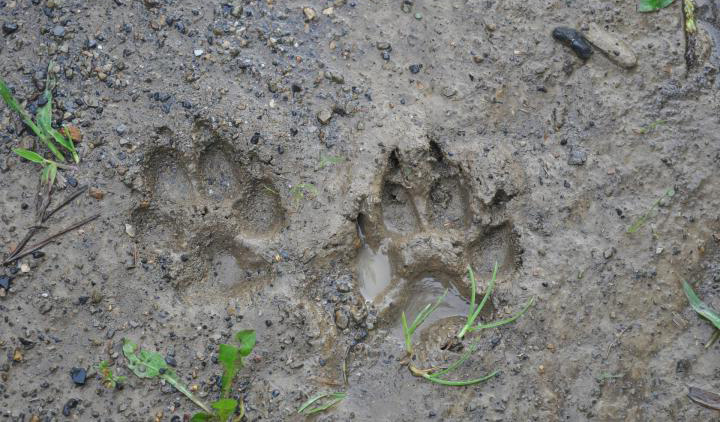Researchers have unearthed the nearly 600 million years old fossil footprints of animals, considered to be the earliest record, in China.
The study showed that the oldest footprints were left between 551 million and 541 million years ago during the Ediacaran period, about 245 million years before dinosaurs started roaming the Earth.
The team from the Nanjing Institute of Geology and Palaeontology of the Chinese Academy of Sciences and Virginia Tech in the US discovered two rows of imprints that are arranged in a series or repeated groups in irregular trackways and burrows.
These trackways were found in the Dengying Formation — a site in the Yangtze Gorge area of southern China.
The trackways reveal that a bilaterian animal — a creature with bilateral symmetry that has a head at one end, a back end at the other, and a symmetrical right and left side — such as arthropods and annelids made the tracks.
Further, the footprints left behind by its multiple feet suggest that this sea-dwelling animal had paired appendages that raised its body above the ocean floor.
The trackways also appear to be connected to burrows, suggesting that the animals may have periodically dug into sediments and microbial mats, perhaps to mine oxygen and food.
These trace fossils represent some of the earliest known evidence of animal appendages and extend the earliest trace fossil record of animals with appendages from the early Cambrian to the late Ediacaran Period.
The body fossils of the animals that made these traces, however, have not yet been found. Maybe they were never preserved, the researchers said.
Bilaterian animals have until now been assumed to have appeared and radiated suddenly during the “Cambrian Explosion” about 541-510 million years ago.
However, the fossil record of animal appendages confirms that their evolutionary ancestry was rooted in the Ediacaran Period, the researchers noted.
